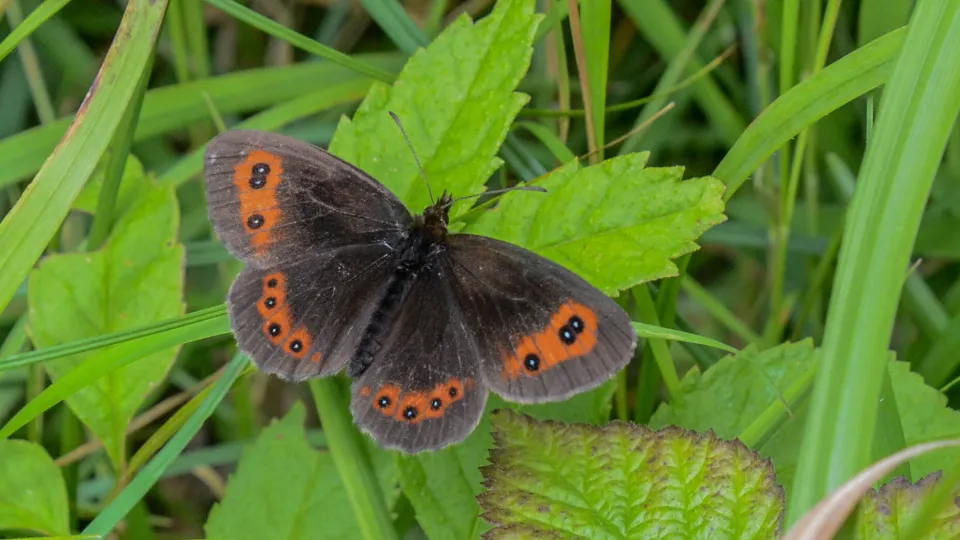
Scotch argus
As the name suggests, this beautiful brown butterfly is most common in Scotland, though it can also be seen in northern England.
A taxon is Vulnerable when it is not Critically Endangered or Endangered but is facing a high risk of extinction in the wild in the medium term future.

As the name suggests, this beautiful brown butterfly is most common in Scotland, though it can also be seen in northern England.
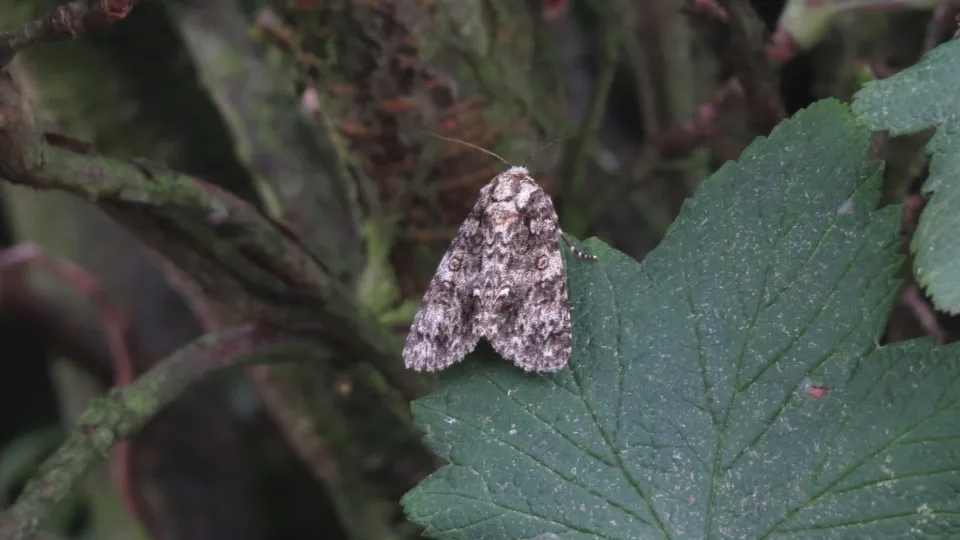
A common moth across most of the UK. The large, hairy caterpillars are often seen in late summer.
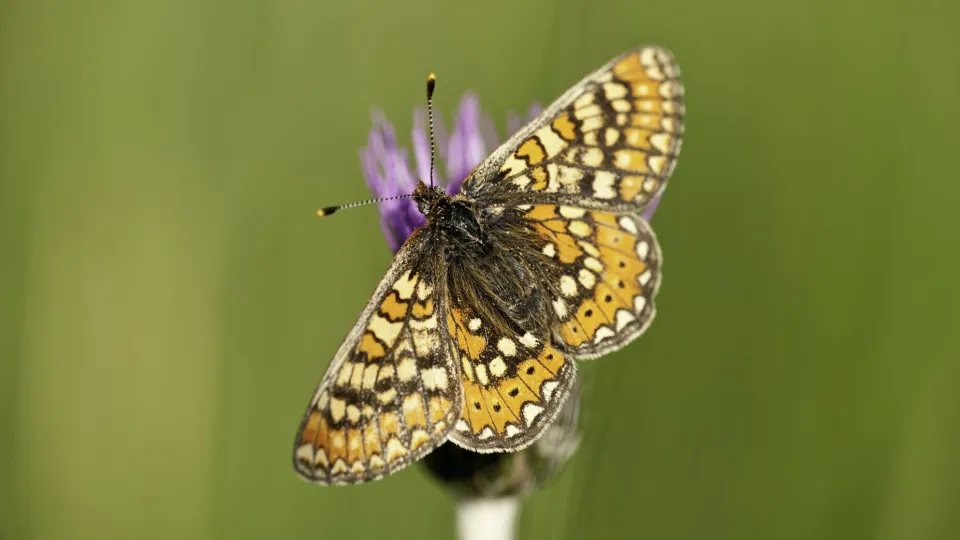
This beautiful butterfly is one of our rarest, now mostly restricted to the western parts of the UK.
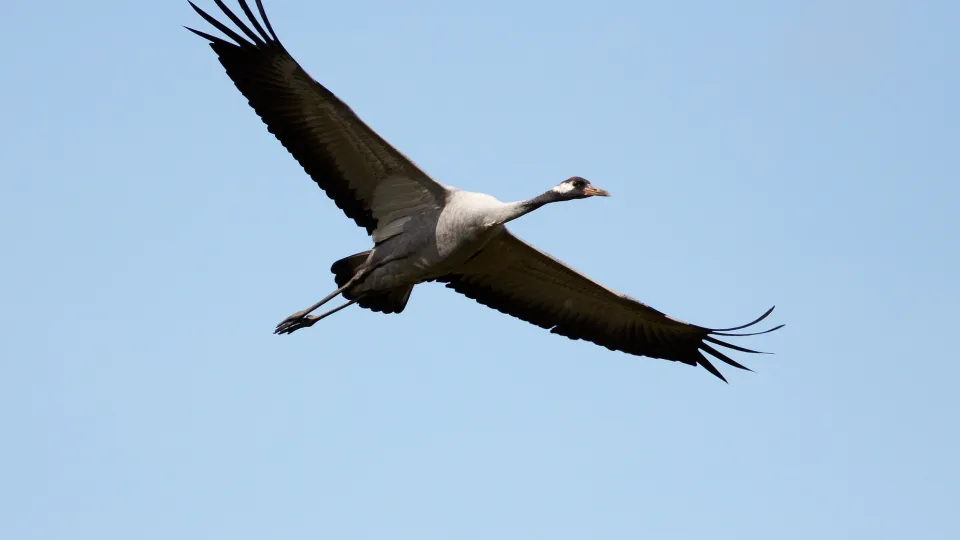
As the UK’s tallest bird the common crane is instantly recognisable with the ruffle of tail feathers and very long legs. Their bugling call is also very distinctive.
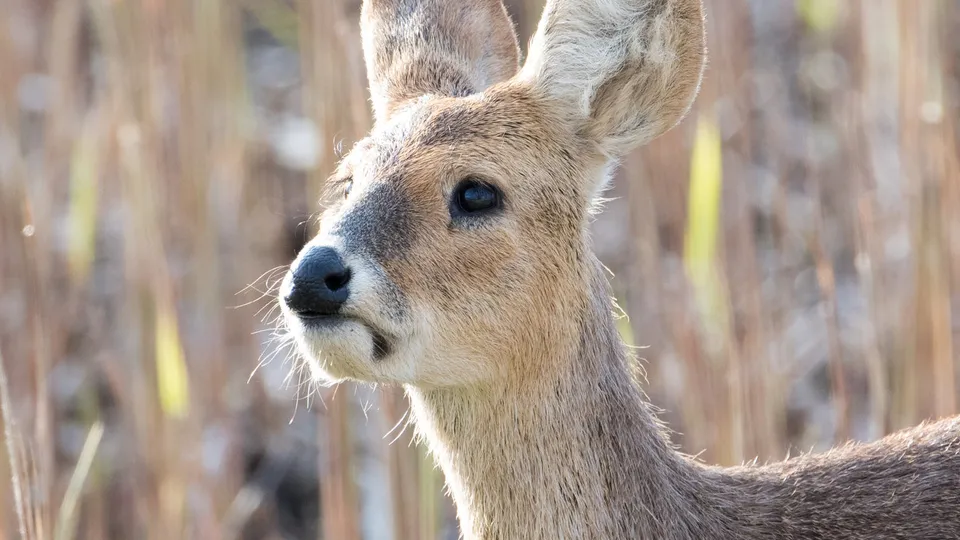
Chinese water deer are easily distinguished from other deer by their strange teddy bear like appearance and the huge canine tusks displayed by the stags.
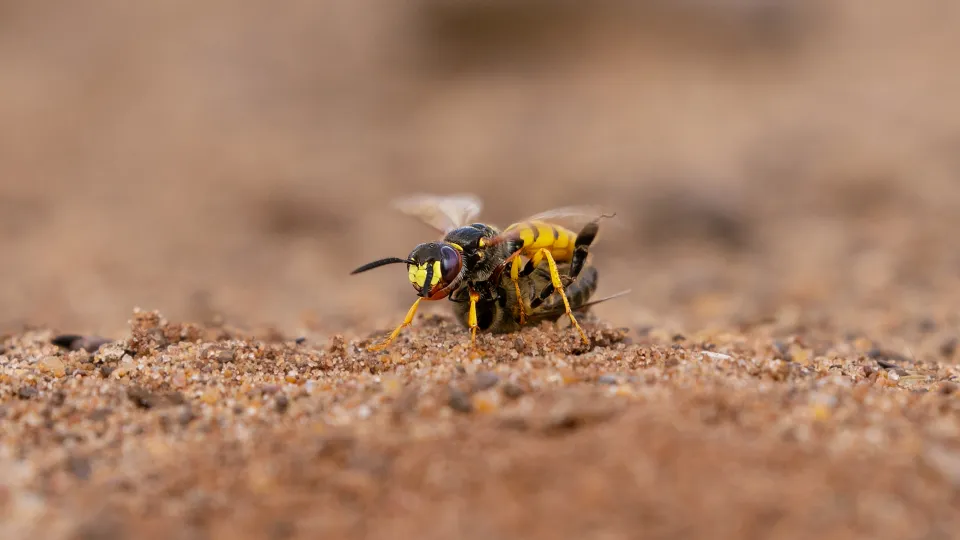
One of our largest and most impressive solitary wasps, the bee wolf digs a nest in sandy spots and hunts honey bees.
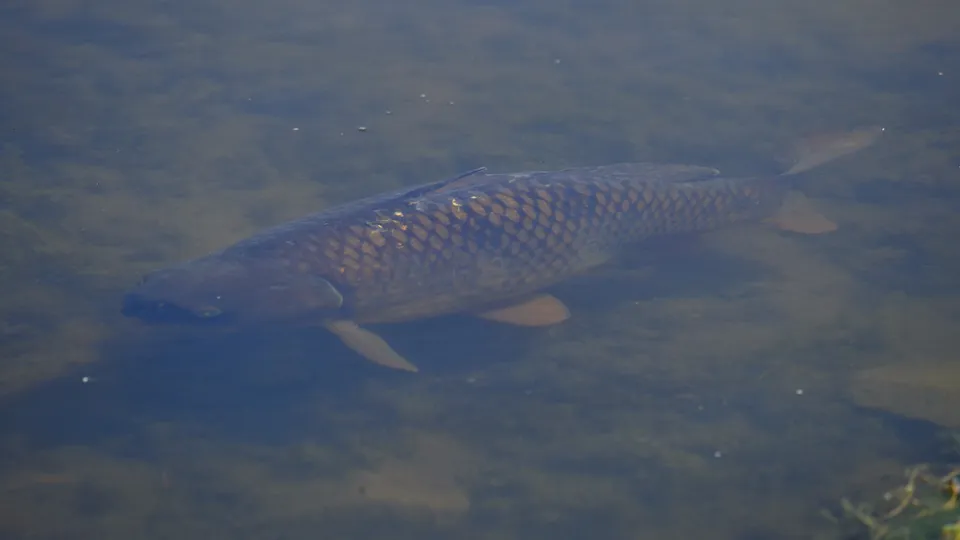
The common carp is a very large fish that is popular with anglers due to its size and fighting spirit. It frequents ponds, gravel pits and lakes, but is not native to the UK, being introduced in the Middle Ages.
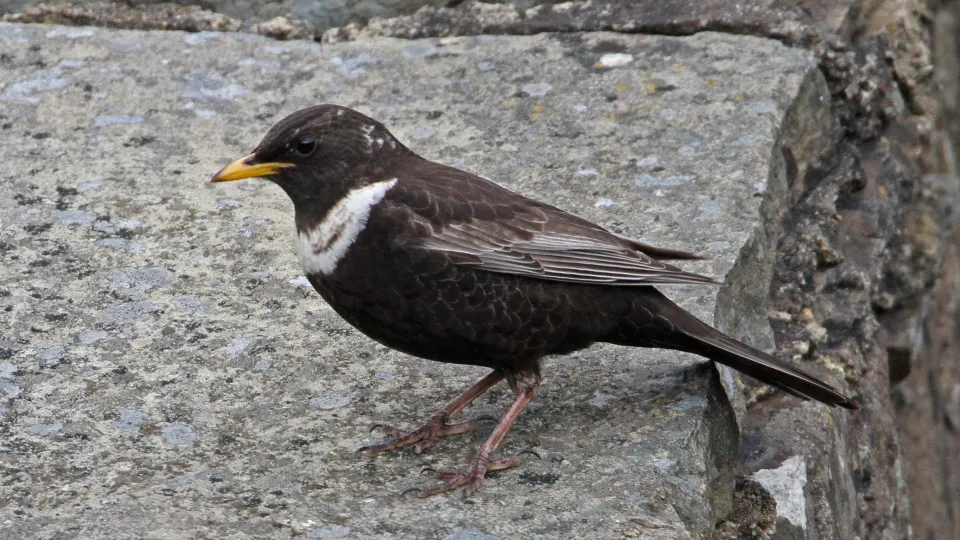
The blackbird of the mountains, ring ouzels can be found breeding on upland moors and rocky crags in summer.
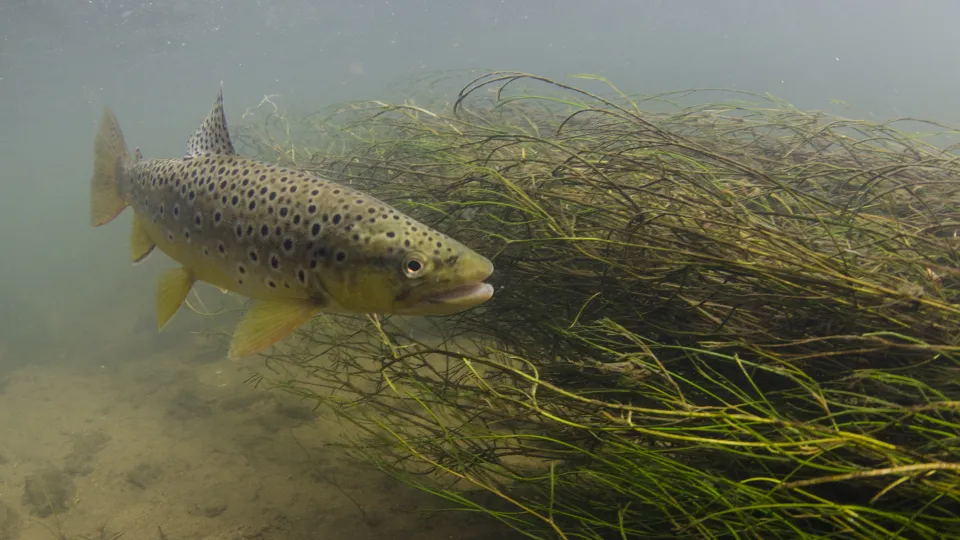
A fierce predator of small fish and flying insects, the brown trout is widespread in our freshwater rivers. It is has a golden body, flanked with pale-ringed, dark spots.
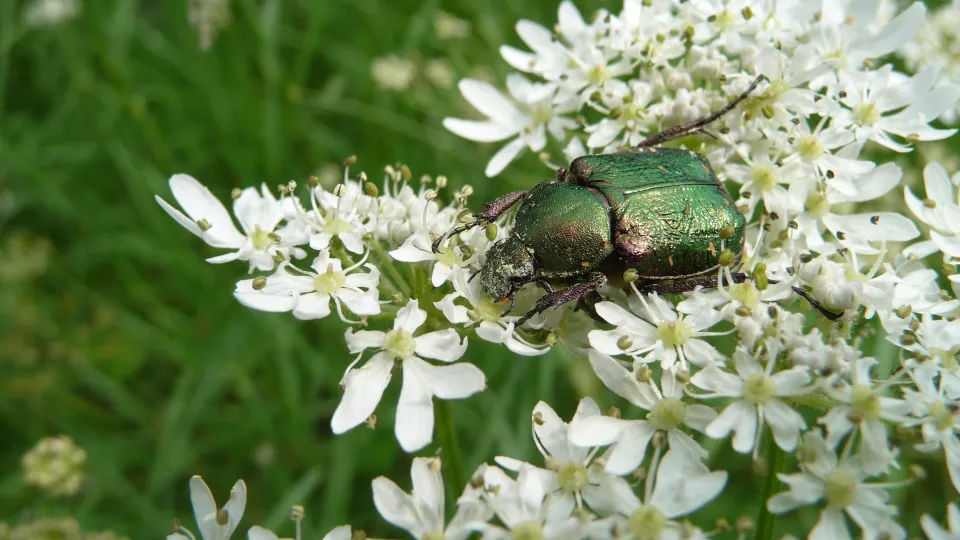
The Noble chafer is a rare and beautiful metallic-green beetle that can be found in traditional orchards. It is on the wing over summer, feeding on umbellifers. The larvae live in the decaying wood of old trees.